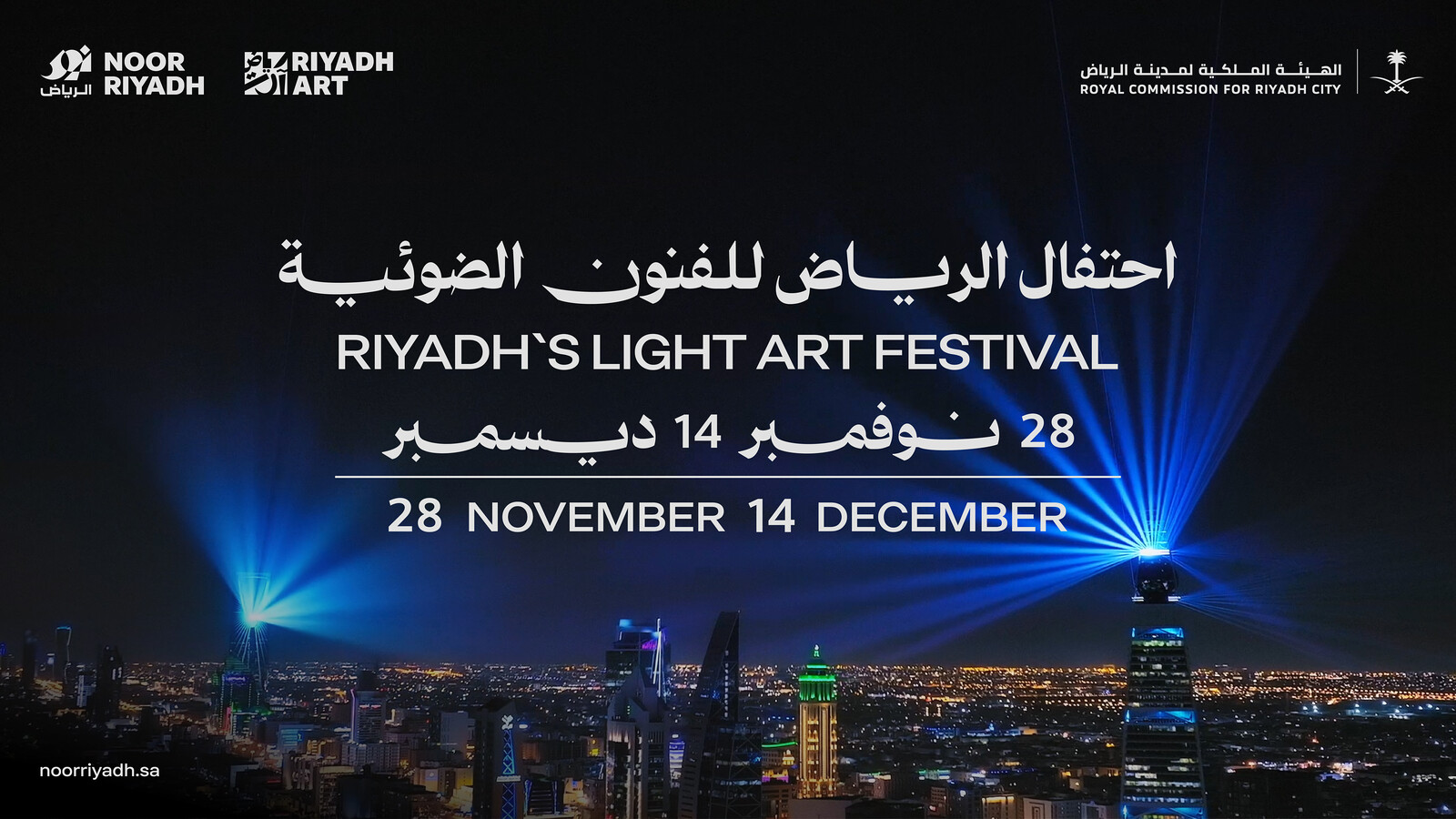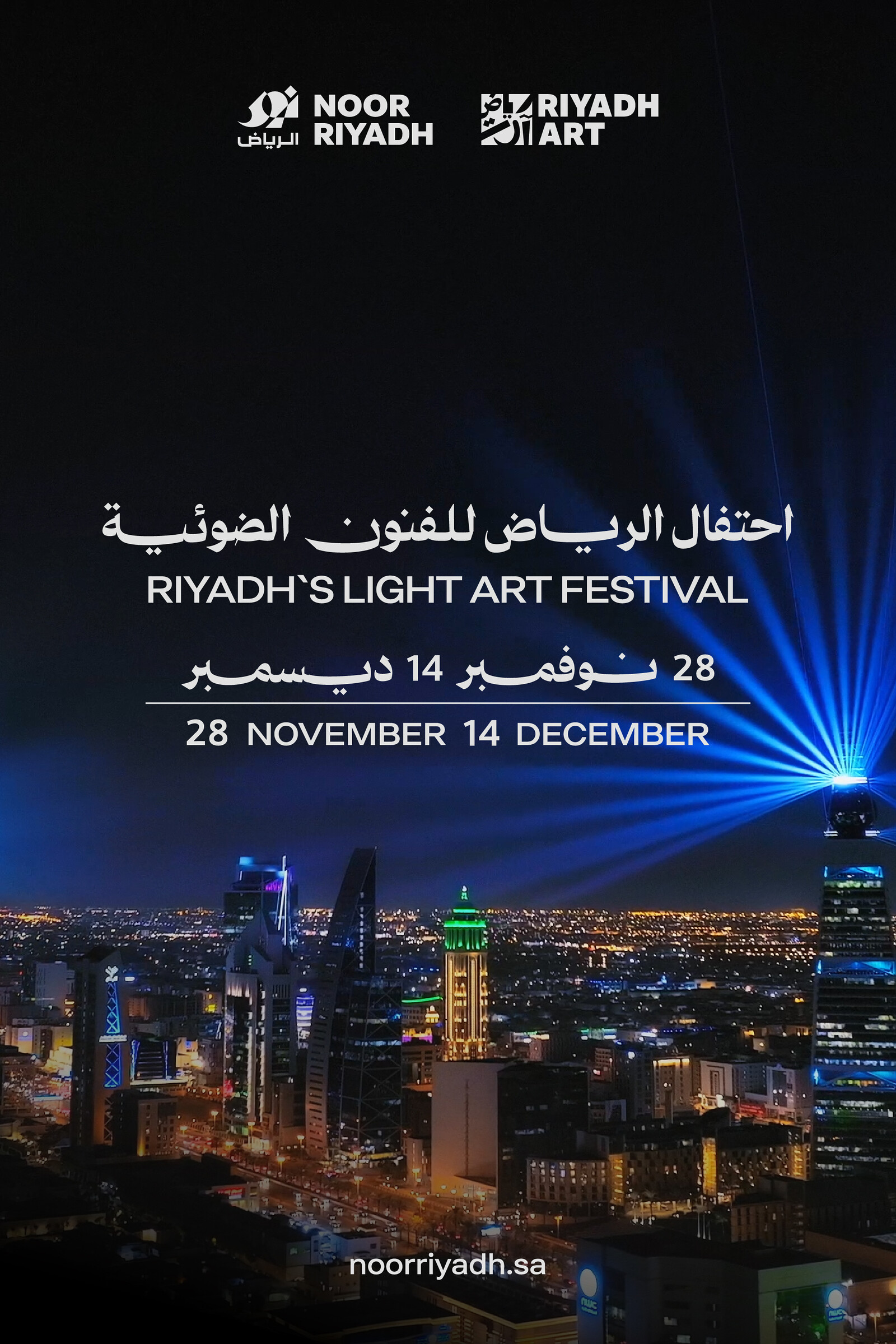Chaoyang District
Jinchanxilu
Beijing
China
Hours: Tuesday–Sunday 10am–5pm
T +86 10 6737 5518
info@ocatinstitute.org.cn
OCAT Institute is pleased to announce the publication of issue II of World 3 Journal: Open Iconology.
As an art-historical method devoted to analyzing the mechanisms of meaning in the work of art, iconology emerged as an open-ended methodology through the successive endeavors of three doyens in art history: Aby Warburg, Erwin Panofsky, and Ernst Gombrich. Aby Warburg and other members of the Hamburg school laid foundation for art history as a humanist discipline by basing their methodological framework on the interdisciplinary breadth of Kulturwissenschaft. With his profound and sweeping historical vision and rigorous intellectual inquiry, Erwin Panofsky established iconology’s lasting contribution to humanities, one that is no less brilliant than contributions from other disciplines. Further along the lineage, Ernst Gombrich’s critical studies brought iconology to a state of unprecedented openness, drawing increasing scholarly attention to its theories and practices.
Today, the connectivity and openness of iconology continue to nourish the disciplines of philosophy, history, literature, religious studies, psychology, politics, cultural studies and a variety of visual theories, not to mention the exciting shifts since New Art History in the 1980s. World 3: The Open Iconology proposes to investigate the theoretical lineage of iconology as a modern methodology and its interdisciplinary impact, to showcase the potential prospects of iconology in contemporary research on art history, and to call for an open, critical attitude towards research.
Table of Contents of World 3: Open Iconology
Huang Zhuan: Foreword
Fan Baiding: Editorial Preface
Paul Oskar Kristeller
Rhetoric in Medieval and Renaissance Culture
Yang Siliang
On the Origin of “Personifcation”
Philippe-Alain Michaud
Aby Warburg’s Mnemosyne, or Staging the History of Art
Uwe Fleckner
Without Words: Aby Warburg’s Comparative Image Panels between Scientific Atlas and Artistic Experiment
Fan Baiding
Some Theoretical Sources of Studies in Iconology
Qian Wenyi
Let the Picture Have its Word: Foucault and the Metapicture in the 1990s
Yi Donghua
Tu and Xiang in Scholarly Literature of Premodern China
Georges Didi-Huberman
To Render Sensible
In the Light-footed Steps of the Servant (The Knowledge of Images, Eccentric Knowledge)
Film, Essay, and Poem: Pier Paolo Pasolini’s La Rabbia
Zou Jianlin
Technics, Memory, and the Ground of Image: A Comparative Study of Vilém Flusser, Bernard Stiegler, and Hans Belting
Huang Chien Hung
People in Montage - A Report on 2015 OCAT Institute Annual Lecture and Related Events
Thomas DaCosta Kaufmann
Speaking of Lilliput?-Recollections on the Warburg Institute in the Early 1970s
Fan Jingzhong
General Preface to the Series Translations of Classical Studies of Art History
Lee B. Brown
A Review of W. J. T. Mitchell’s Iconology: Image, Text, Ideology
All the articles in World 3:Open Iconology, except Qian Wenyi’s Let the Picture Have its Word: Foucault and the Metapicture in the 1990s (published in English), are published in Chinese. Articles written in French, German and English are translated into Chinese by certified translators.
About World 3
World 3 is an annually published academic journal organized by OCAT Institute based in Beijng. Taking art history as its basic orientation while exploring points of connectivity in other disciplines, the journal features original publications and Chinese translations of innovative thematic research in art history and theory, and in other relevant fields such as cultural, social, and intellectual history, the history of linguistics, psychology, philosophy, and religion. Other sections include review and commentary on associated international events, publications, exhibitions, and research institutions. The series offers a publishing platform for the research outcomes in related fields, and strives for conditions that cultivate new modalities of thinking and epistemology in Chinese scholarship.
About OCAT Institute
OCAT Institute is a non-profit research center dedicated to the history of art and its related discourses. It is also a member of the OCAT Museums. The Institute has three main areas of activity: publication, archives, and exhibition. The scope of its research encompasses art from antiquity, modern and contemporary Chinese art, more specifically, it includes the investigation of artists, artworks, schools of art production, exhibitions, art discourses, as well as art institutions, publications and other aspects of art’s overall ecology. It will establish a research archives and facilitate dialogue and exchange between China and abroad. In addition, it serves as an exhibition platform in Beijing.
The OCAT Institute aims to establish a paradigm of values, a system of academic investigation, and modes of applying historical research methodologies to modern and contemporary Chinese art. Through an interdisciplinary approach that bridges contemporary art research, critical theory, and the history of ideas and culture, it promotes an integrated methodology that seeks to cultivate an open spirit of academic research. The OCAT Institute is open to the public in 2015.
Currently, World 3 can only be purchased in mainland China. For residents living outside of mainland China, please write an email to world3jounal [at] ocatinstitute.org.cn for more information.
To contact the editors of World 3, please write an email to world3journal [at] ocatinstitute.org.cn



